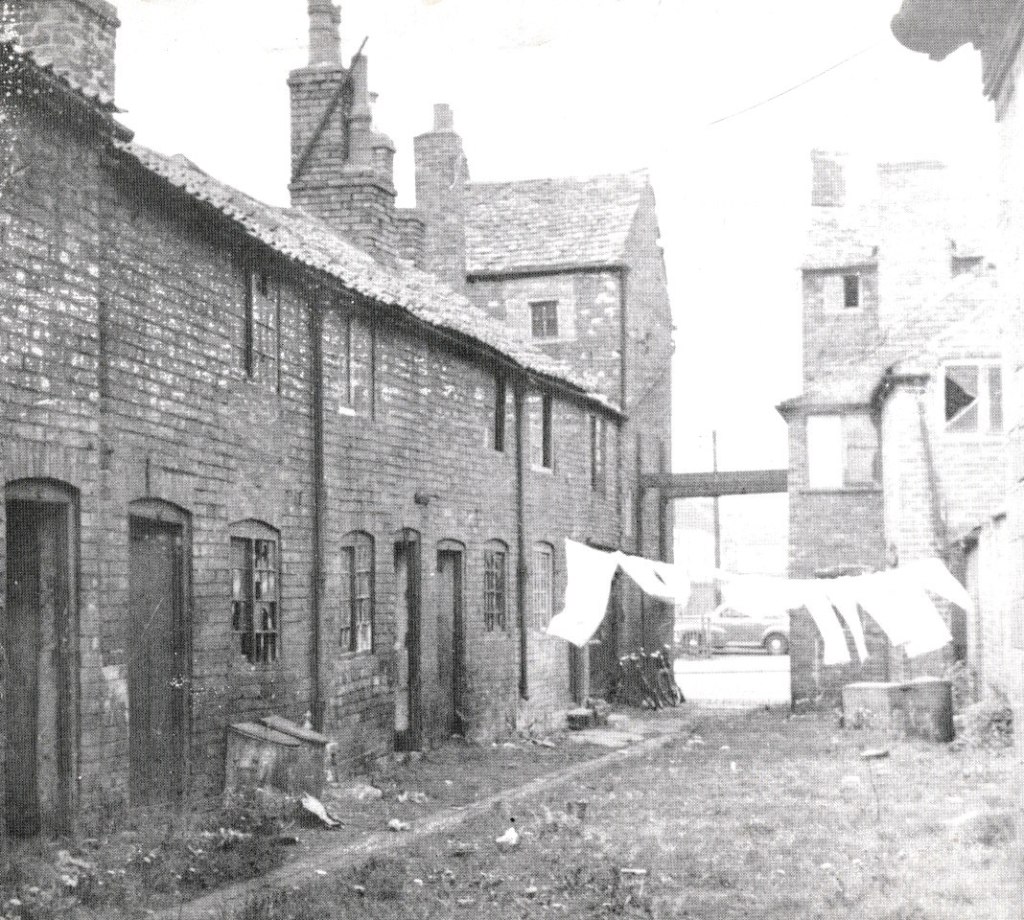Rev Fearon speaks at Health Board Inquiry
30 August 2020
In July 1849 – just over a year after Henry Fearon became Rector of All Saints Parish – an inspector was sent by the General Board of Health in London to assess the sanitary conditions in Loughborough. His name was William Lee (1778-1863), a man with extensive experience in the field who led similar enquiries right across the country, including in Leicester in 1852.
Lee discovered that the town’s cleanliness was the responsibility of the Board of Surveyors – a 12-man committee of locals – mostly unpaid – who met once a month in the Mundy Arms to organise cleaning and repairing the town’s roads and the clearing-away of public ‘nuisances’ – a nineteenth-century term for filth and waste. It was obviously a system that wasn’t working well and the picture Lee gathered of mortality, disease and lack of sanitation in the town was grim.
He toured the town for himself, asking questions about what he saw and looking into buildings and behind structures. He had wells uncovered and street furniture moved. In one place, yards from a business and close to dwellings, Lee found a wooden cover on the ground which no one could explain. Lee had it lifted, to find ‘a large cistern full of putrid water, which smelt […] as bad as a cesspool.’ He recorded that ‘the occupant of the adjoining house had had four children ill of the fever, and one had died.’
As well as site visits, Lee called people in for interview, including several who’d been unwell, as well as a doctor, William Grimes Palmer, who provided healthcare to the poor.
Lee noted the townsfolk had ‘a depressed, cadaverous look – the lips […] almost white – the veins blue’ and they appeared ‘prematurely aged.’ People complained of ‘pains in the head, stomach and the left side, loss of appetite and strength, nervous irritability, cold sweating, of frequent fainting in all bad cases, and numerous instances of almost continuous diarrhoea.’
Dr Palmer felt compelled to mention Chapman’s Yard in Baxter Gate, which he thought he’d been called to visit ‘more frequently than into any other.’ It had no drainage, being until recently ‘an open cesspool,’ though now covered over. The houses were dirty and badly aired, with no back exits and no means, therefore, of through-ventilation. Worse still, a piggery stood at the top of the yard from which sewage overflowed into it. ‘I do not know a worse yard in the town than that,’ Palmer stated. ‘There has scarcely been a house [there] free from fever, at first of a mild, low character, but running into the typhoid state.’
Henry Fearon also spoke at the inquiry, drawing on his expert knowledge of sanitary science and speaking eloquently and extensively about the general condition of the poor, much of which was beyond the remit of the Board.
Many of his parishioners spent all day sitting at their work, he said, particularly women and girls doing ‘finishing’ work for the stocking, shirt, glove and cap making trades. They worked indoors and should have ‘a pure air to breathe’ when they opened their windows, which ‘I cannot say they have generally.’
It wasn’t uncommon for busy working families to keep young children quiet with ‘medicines’ containing laudanum (opium), to which they often became addicted. Henry Fearon was sad to see ‘affectionate mothers who would die to protect their offspring’ forced to destroy them instead, for even if they survived infancy, they’d grow up ‘enfeebled and […] predisposed to disease.’
William Lee pulled his findings together into a 55-page report for the General Board of Health. It ended with a three-page list of recommendations for the town’s administrators to action. The first thing they needed to do was to set up a Local Board of Health – whether the ratepayers wanted one or not.
Alison Mott

Read the last post in the topic thread here.
Read the next post here.